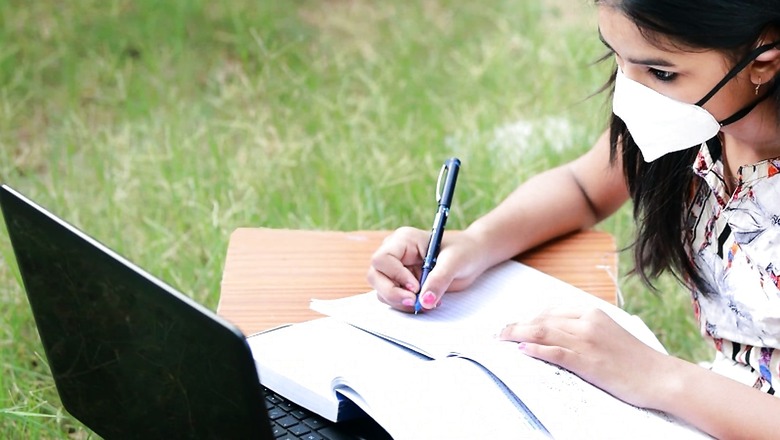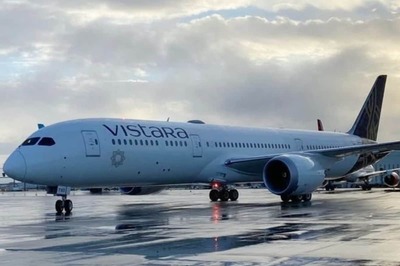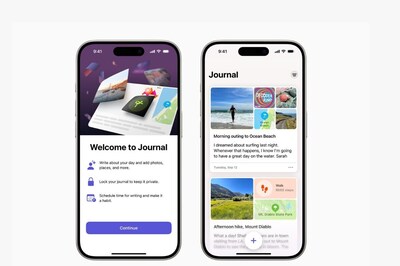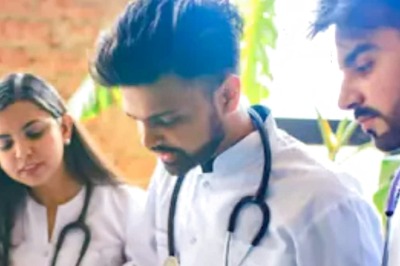
views
Maharashtra was able to ensure continuity in formal education for 38 per cent of its school-going (enrolled) children during the COVID-19 lockdowns. The state performed better than Delhi and also the India national average, whose performance stood at 25 per cent and 20 per cent respectively, claims a recent survey by policy think tanks LIRNEasia and ICRIER.
It is also noteworthy that only 6 per cent of households had at least one child dropping out of education, as opposed to the national average of 25 per cent. However, this still means that 59 per cent did not have continuity in their formal education, or receive any educational services from their school or private tuition providers during the lockdown.
Read Only 25% Students Were Able to Access Education During School Closures in Delhi: Survey
The survey findings were released at a virtual launch event conducted on November 12, which included a panel discussion with leading government, private sector, and civil society representatives.
Maharashtra’s relatively high levels of digital connectivity have clearly been an enabling factor in the provision of remote education, with 87 per cent of households having internet access, or 55 per cent of its population aged 15 and above being internet users – as compared to the all-India figures of 62 per cent and 47 per cent, respectively. Although NCT Delhi had similarly high levels of internet among its population it was not able to ensure similar levels of continuity for its school-aged population as did Maharashtra, claims the survey.
Another worrying aspect that the survey sheds light on is that even among those who had continuity in their education, the experience varied vastly in terms of the format and the level of interactivity between students and teachers. While many received education through more than one channel (example, live online lessons, instructions sent to smartphones or delivered home, etc.), those that had access to more channels were more likely to receive feedback than those with access to less. Such variations can in turn lead to disparities in educational outcomes even among those that did receive educational services during the closures, added the survey.
Read all the Latest Education News here




















Comments
0 comment